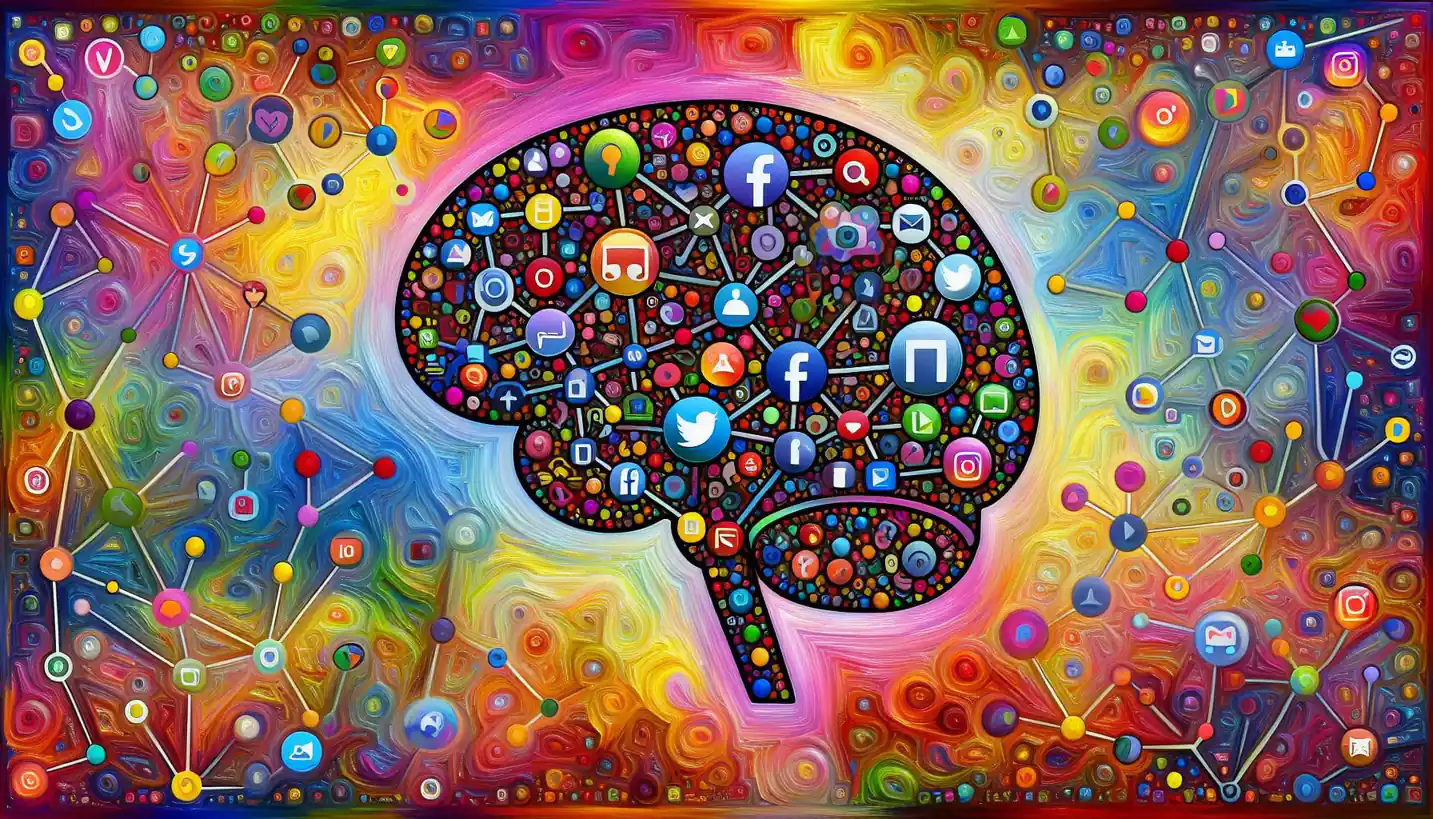· Sociology · 4 min read
Critical Pedagogy: Transforming Education for Social Justice
Uncover how Critical Pedagogy aims to revolutionize education by addressing social injustices, encouraging a more equitable learning environment for everyone.

In the world of education, critical pedagogy offers a refreshing way to look at learning and teaching. This concept, rooted in the sociology of education, invites us to think about how education can serve as a tool for empowerment and social change. By putting a spotlight on the relationship between knowledge, power, and the classroom, critical pedagogy challenges the traditional roles of teachers and students.
What is Critical Pedagogy?
At its core, critical pedagogy is all about questioning the status quo in education. It’s about looking beyond the usual ways of teaching and learning to critically examine how education systems can sometimes reproduce social inequalities. Think of it as shaking up the classroom to make sure everyone’s voice is heard and respected.
The idea of critical pedagogy gained prominence thanks to thinkers like Paulo Freire, a Brazilian educator and philosopher. Freire believed that education should be a practice of freedom, where students and teachers engage in a dialogue. Instead of just filling students’ minds with information, education should focus on understanding the world and transforming it. Freire’s book, “Pedagogy of the Oppressed,” laid the groundwork for this transformative approach.
Dialogue and Empowerment
One of the key elements of critical pedagogy is dialogue. This isn’t just about talking more in class. It’s about creating spaces where students can inquire, debate, and challenge ideas. In critical pedagogy, everyone learns from each other, breaking down the traditional authority of the teacher as the sole knowledge holder. This approach encourages students to take an active role in their own learning, fostering critical thinking skills.
Imagine a classroom where instead of just listening to lectures, students work together on projects that explore real-world issues. They might analyze the impact of social media on mental health or discuss ways to tackle climate change. This kind of engaged learning can cultivate a strong sense of agency and responsibility.
Education as a Tool for Social Justice
Critical pedagogy views education not just as an academic exercise, but as a crucial force for social justice. It’s about using the classroom to address and dismantle systemic inequalities related to race, class, gender, and more. By critically examining the content and context of what’s being taught, educators can foster a more inclusive and equitable learning environment.
Think about it like gardening. Traditional education systems might focus on planting seeds of knowledge without considering the soil it’s placed in. Critical pedagogy, on the other hand, nurtures the soil, ensuring that all plants—representing diverse voices—have the opportunity to thrive. This metaphor highlights the transformative potential of education when it embraces diversity and inclusivity.
Challenges and Criticisms
Critical pedagogy is not without its challenges and criticisms. Some argue that it blurs the line between education and activism, potentially alienating certain groups. Others feel that it can be difficult to implement in rigid educational systems that prioritize standardized testing and curricula.
Moreover, teachers might find it challenging to adapt to a more dialogic style if they are used to traditional methods. This approach requires time, patience, and a willingness to shift gears in an often rigid system. Yet, despite these hurdles, many educators find the rewards of critical pedagogy—empowered, thoughtful, and engaged students—well worth the effort.
The Future of Critical Pedagogy
Looking ahead, critical pedagogy continues to evolve as educators adapt its principles to contemporary challenges. With the rise of digital learning and global connectivity, there’s immense potential to use technology as a platform for critical engagement. Online forums and virtual classrooms can serve as new spaces for dialogue and collaboration across borders.
Moreover, as societies become more diverse, the need for education systems that embrace and celebrate this diversity becomes increasingly important. Critical pedagogy provides a framework to ensure all students feel represented and valued, encouraging them to become active contributors to their communities.
Why Critical Pedagogy Matters
In a world that’s rapidly changing, the value of critical pedagogy lies in its ability to foster adaptable, critical thinkers who are prepared to tackle complex issues. By questioning dominant narratives and creating space for multiple perspectives, this approach helps build a more informed and equitable society.
Furthermore, critical pedagogy encourages lifelong learning. It’s not just about obtaining a degree; it’s about continually questioning and understanding the world around us. By emphasizing dialogue, empowerment, and social justice, critical pedagogy equips individuals with the tools to drive positive change in their personal and professional lives.
Conclusion
In summary, critical pedagogy is a powerful concept within the sociology of education, offering a path towards more inclusive, equitable learning environments. By fostering dialogue, embracing diversity, and using education as a tool for social justice, critical pedagogy empowers students to become active participants in shaping their world. As we look to the future, embracing this transformative approach will be key to addressing the unique challenges and opportunities of our time.



